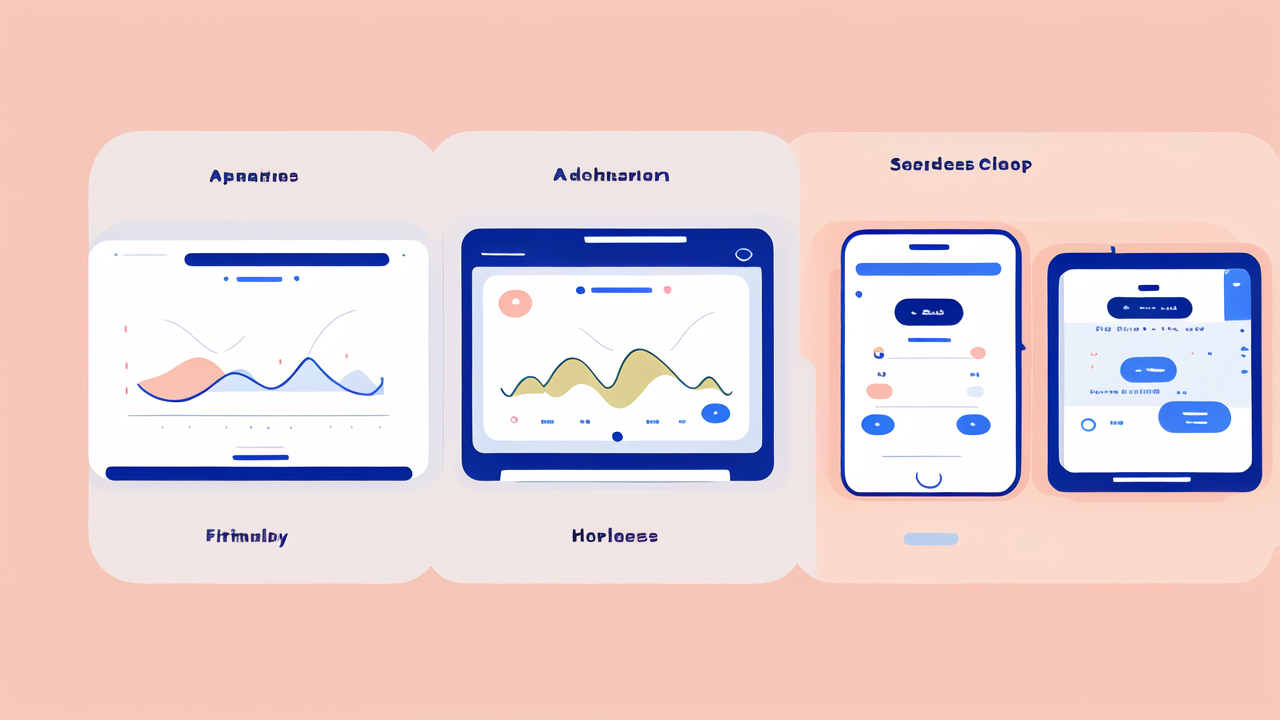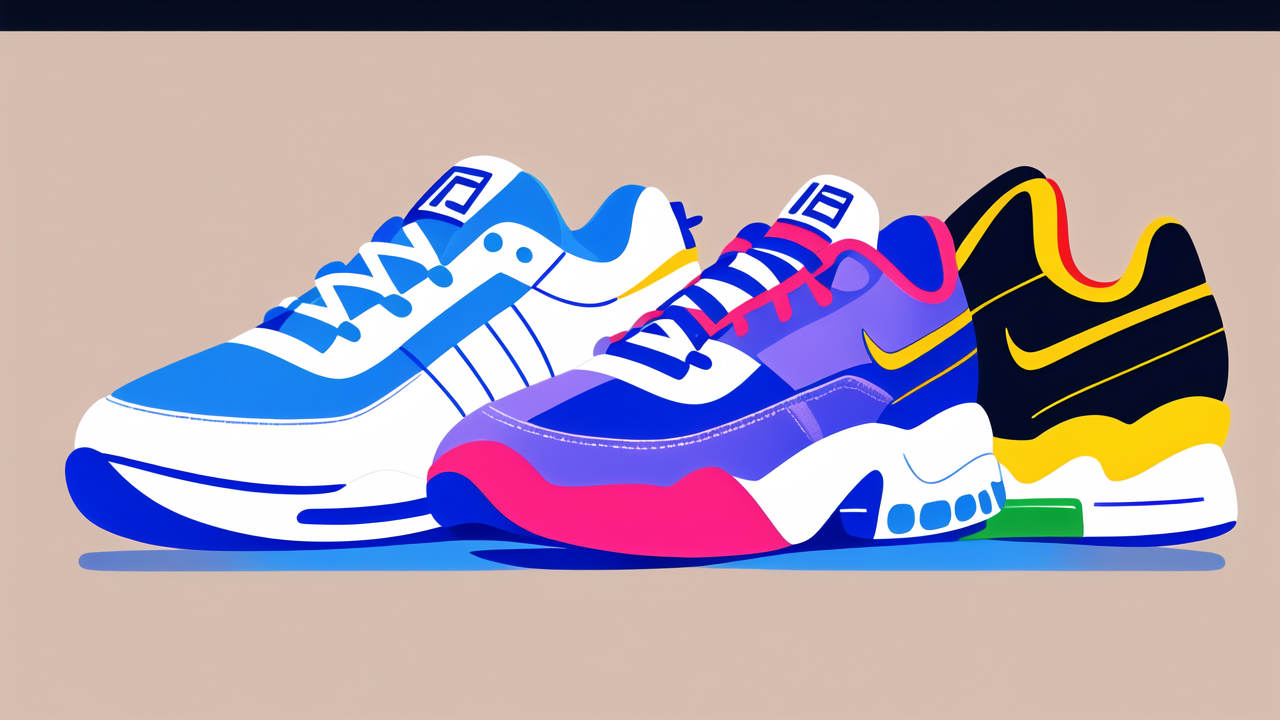Understanding the Evolution of the Smart Watch in the United States Market
The Rise of Smart Watch Technology
Smart watches have come a long way since their inception. They've evolved from simple digital timepieces to

powerful wrist-worn computers. The US market has seen rapid growth in smart watch adoption over the past decade.
Early models focused on basic functions like notifications and step counting. Now, they offer advanced health
tracking, GPS, and even cellular connectivity. This evolution has been driven by consumer demand for more
features and better performance.
Major tech companies have invested heavily in smart watch development. This has led to significant improvements
in battery life, display quality, and overall functionality. As a result, smart watches have become an integral
part of many people's daily lives.
Key Features That Define a Top Fitness Tracker
Top fitness trackers are defined by several key features:
- Accurate heart rate monitoring
- GPS tracking for outdoor activities
- Sleep tracking and analysis
- Water resistance for swimming
- Long battery life
- Comprehensive health data analysis
- User-friendly interfaces
- Compatibility with popular fitness apps
The best smart watches excel in these areas. They provide users with detailed insights into their health and
fitness. Advanced sensors and algorithms ensure accurate data collection and analysis.
Comparing Early Adopters: Pioneers of the Smart Watch Industry
Early adopters in the smart watch industry played a crucial role in shaping the market. Companies like Pebble,
Fitbit, and Garmin were among the first to gain traction. They introduced consumers to the concept of wearable
technology.
Apple's entry into the market with the Apple Watch was a game-changer. It set new standards for design and
functionality. Samsung and other Android-based manufacturers quickly followed suit. This competition drove
innovation and improved the overall quality of smart watches.
These pioneers helped establish key features that consumers now expect. They also faced challenges that led to
important lessons for the industry. Their experiences paved the way for the advanced devices we see today.
Dissecting the Market Leaders: A Closer Look at Market Share and Consumer Preferences
Analyzing the Demographics: Who's Buying Smart Watches?
Smart watch adoption spans various age groups and lifestyles. However, certain demographics stand out:

- Millennials and Gen Z: Tech-savvy and health-conscious
- Fitness enthusiasts: Seeking detailed workout tracking
- Business professionals: Valuing productivity features
- Health-conscious older adults: Monitoring vital signs
Men tend to be early adopters of smart watch technology. However, the gender gap is narrowing as more
women-focused designs enter the market. Income levels also play a role, with higher-end models appealing to
affluent consumers.
Urban dwellers are more likely to own smart watches than rural residents. This is partly due to greater
exposure to technology trends in cities. The active lifestyle of city residents also aligns well with fitness
tracking features.
What Makes a Smart Watch a Fitness Tracker?
A smart watch becomes a fitness tracker when it incorporates specific features:
- Activity tracking: Steps, calories, and exercise minutes
- Heart rate monitoring: Continuous and during workouts
- GPS: For accurate distance and route tracking
- Workout modes: Recognizing different types of exercises
- Sleep tracking: Analyzing sleep patterns and quality
- Health metrics: Blood oxygen levels, ECG, stress levels
- Goal setting and progress tracking
- Integration with fitness apps and platforms
The best fitness tracking smart watches offer a combination of these features. They provide a comprehensive
view of the user's health and fitness. Advanced models even offer personalized coaching and workout suggestions.
The Role of Ecosystems and Compatibility in Consumer Choices
Ecosystems play a crucial role in smart watch selection. Many consumers choose devices that integrate well with
their existing tech. For example, iPhone users often prefer Apple Watches for seamless iOS integration.
Android users have more options, with Samsung, Fitbit, and Garmin offering compatible devices. These watches
work well with various Android phones and apps. Some consumers prioritize cross-platform compatibility,
choosing watches that work with both iOS and Android.
App ecosystems are also important. Watches with access to large app stores offer more customization options.
They can be tailored to individual needs and preferences. Compatibility with popular fitness apps like Strava
or MyFitnessPal is often a key factor for fitness enthusiasts.
Future Prospects: Innovation and Market Trends in Smart Watch Fitness Tracking
The Impact of AI and Machine Learning on Fitness Tracking
AI and machine learning are revolutionizing fitness tracking in smart watches. These technologies enable more

accurate data analysis and personalized insights. They can detect patterns in user behavior and provide
tailored recommendations.
For example, AI can:
- Predict potential health issues based on long-term data
- Optimize workout plans based on individual performance
- Provide more accurate calorie burn estimates
- Detect anomalies in heart rhythm or sleep patterns
Machine learning algorithms improve over time as they gather more data. This leads to increasingly accurate and
useful fitness tracking. Future smart watches will likely offer even more advanced AI-driven features.
Upcoming Features in the Next Generation of Smart Watches
The next generation of smart watches is set to introduce exciting new features:
- Advanced health monitoring: Blood pressure, glucose levels
- Improved battery life: Multi-day or even week-long battery
- Enhanced display technology: Flexible or holographic screens
- More powerful processors: Enabling complex on-device analysis
- Advanced biometric security: Vein pattern or DNA recognition
- Environmental sensors: Air quality, UV index monitoring
- Gesture control: Touchless interaction with the device
- Augmented reality features: Projected displays and interfaces
These features will make smart watches even more versatile and valuable. They'll blur the line between fitness
trackers and comprehensive health monitoring devices. Expect to see some of these innovations in upcoming
models from major manufacturers.
Anticipating the Next Wave in Consumer Demand for Fitness Tracking Devices
Consumer demand for fitness tracking devices is evolving. Users are looking for more than just basic activity
tracking. They want devices that offer:
- Holistic health monitoring: Mental and physical well-being
- Personalized insights and recommendations
- Integration with healthcare systems
- Social features for fitness challenges and motivation
- Stress management and mindfulness tools
- Nutrition tracking and meal planning
- Virtual coaching and AI-powered personal training
- Seamless integration with smart home devices
The next wave of fitness trackers will likely focus on these areas. Manufacturers are working to meet these
demands and stay ahead of the competition. Expect to see more emphasis on mental health, preventive care, and
personalized wellness solutions in future smart watches.




Leave a comment
This site is protected by hCaptcha and the hCaptcha Privacy Policy and Terms of Service apply.